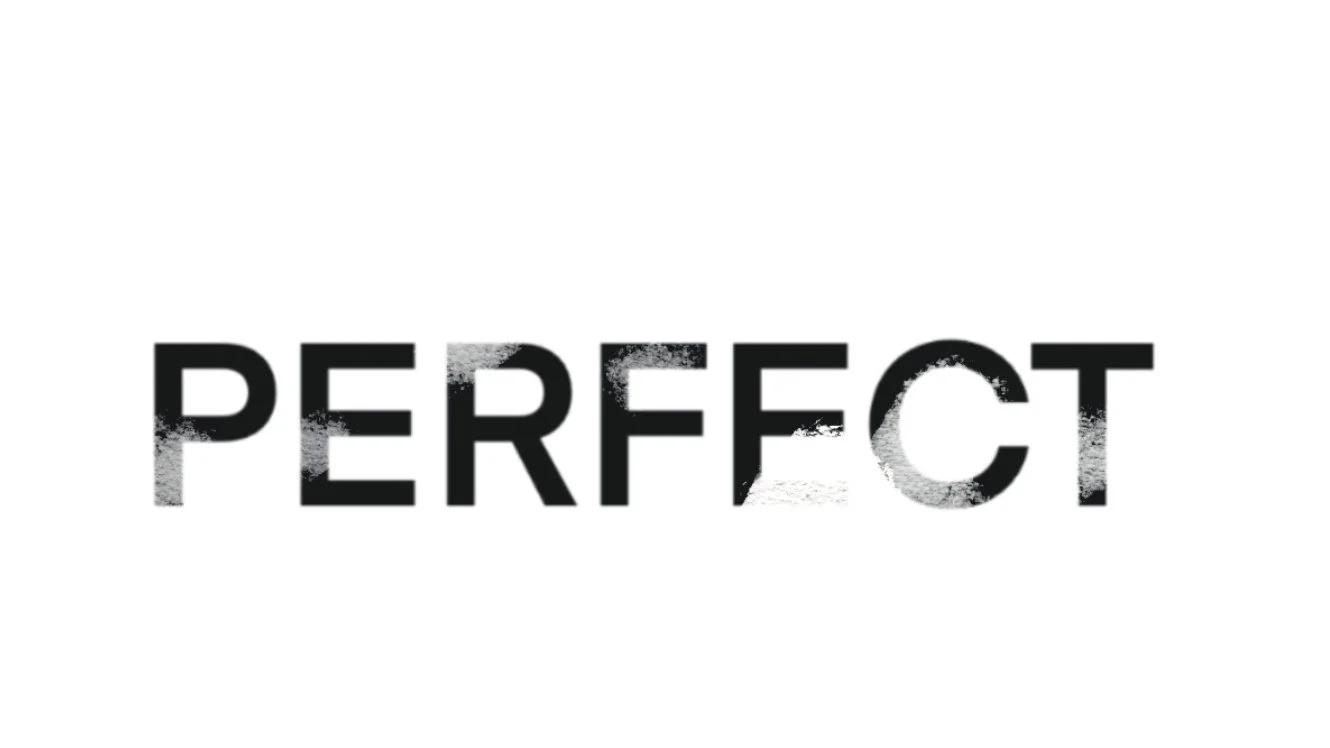Letting go of perfect.
The Trap of Perfectionism
Anyone who has created something struggles with "Is it good enough?" But at times, it can become an obsession, an overwhelming need to be perfect. When you are on your 20th iteration, it might be the time to ask, "Is this good enough, or am I trying to be perfect?" Perfectionism is the evil of good, a silent nemesis holding back your progress. It's one thing to strive for excellence; we all do this, but when perfectionism becomes the focus, it also becomes a trap that successfully derails your work and can lead to a plethora of self-doubt, ugly self-criticism, and a huge stall in the creative progress.
As artists, it's easy to fall into the perfectionism trap—the idea that nothing is good enough unless it's flawless. I've been there many times. This mindset has stopped me from completing projects, putting work aside that is 80% complete, or starting something new, as I was convinced I simply couldn't perfectly capture my subject. My desire to be perfect ranks with being noble in theory, but the consequences are more tangible - I have been left with burnout, dissatisfaction, and the feeling that nothing I create is finished. I am guilty of taking 'completed' work off walls and making "...just a little adjustment'. I had to look deep into myself to recognize that (a) most people didn't understand my compulsive need to pull the picture off the wall, (b) imperfection adds credibility to my journey (I'm getting better), and (c) chasing perfection is an unattainable goal that stifles creativity and hinders artistic growth. So what can be done?
Redefine Perfection
Recognize that perfection is an illusion, especially in the world of art. What one person views as flawed or imperfect might deeply resonate with someone else. This has happened to me more times than I care to admit. Early on, I found myself trying to convince someone that it wasn't 'good,' that they missed a significant flaw, wrong color, wrong brush(!), or the light was off. Art is subjective - my not-so-good is perfect for someone else. Art has power in the emotional response it evokes, not in meeting my standard of "perfection."
Instead of striving for perfection in your art, it helps to focus on meaningful expression - whether it is you or the subject. Your work should be something other than technically perfect; it should communicate your unique vision or touch someone's heart. Think about the artists you admire—do you love them because their work is technically flawless or because it stirs something inside you? Likely, it's the ability to relate to the art, the emotion, and the subject that was captured. Art is our second language; allow yourself the freedom to convey your unique message.
Finish that piece of work!
I laugh as I type this - I’m guilty! I have a pile of unfinished work, waiting patiently under a writing tablet, hanging out, waiting for me to finish it. This was a common stall I struggled with - it has been hard to break. But once I recognized what I was doing, I began working on myself to overcome the habit. I soldier on. There's tremendous value in finishing and sharing your work with the world, even if, in your eyes, it is imperfect. Keeping your creations hidden robs the world of your perspective, and more importantly, it stops you from evolving as an artist. Growth happens when you release your work, learn from the process, and move on to the next project.
Think about this: you get better every time you finish a piece, even if you feel it's not your best. Artists evolve through practice, experimentation, and iteration. You create momentum by allowing yourself to finish a project—even one that feels imperfect. Completion builds confidence and opens the door for new ideas and creative breakthroughs.
Perfectionism is a Process Blocker
Consider this analogy: in writing or design, iteration is critical. Rarely does a writer publish their first draft, and design projects often go through multiple revisions before completion. (This blog post is on its 4th draft). I recommend getting your concept down first, then beginning the work to refine it. Perfectionism in art is no different—it's about working, tweaking, and improving over time, not getting everything right from the start. And don’t be me- maybe set a rule of “no piles allowed.”
The truth is, your work can be imperfect to make an impact. Most people won't notice the tiny flaws that keep you from sharing your art. In fact, those so-called imperfections often give your work character and humanity. Each piece you create tells a story—not only to others but to yourself, about where you are in your artistic journey.
Letting Go of Perfectionism
So, how do you start letting go of perfectionism? One small step at a time.
After you’ve recognized you are working towards perfection, start small. Complete one piece without overthinking the details. Set a deadline to finish and stick to it, even if you feel your work could be better. Remember that art is meant to evolve; the goal is to share your message, not create something flawless.
Over time, you'll find that releasing work, despite its imperfections, gets more manageable. Each finished piece becomes a stepping stone in your growth as an artist. And you'll realize that the joy of creating is far more fulfilling than the endless pursuit of perfection.
Also, remember that the creative process is an evolution. You are sharing your vision and uniqueness with the world. To me, that is the measure of perfectionism.
Paint/write on! I believe in you.
Stop back for Part 3 of this series, where we’ll dive into one of my favorites: creative block, something all creators face at one point in their process. (Or experience a couple hundred times - speaking for me, of course.)
